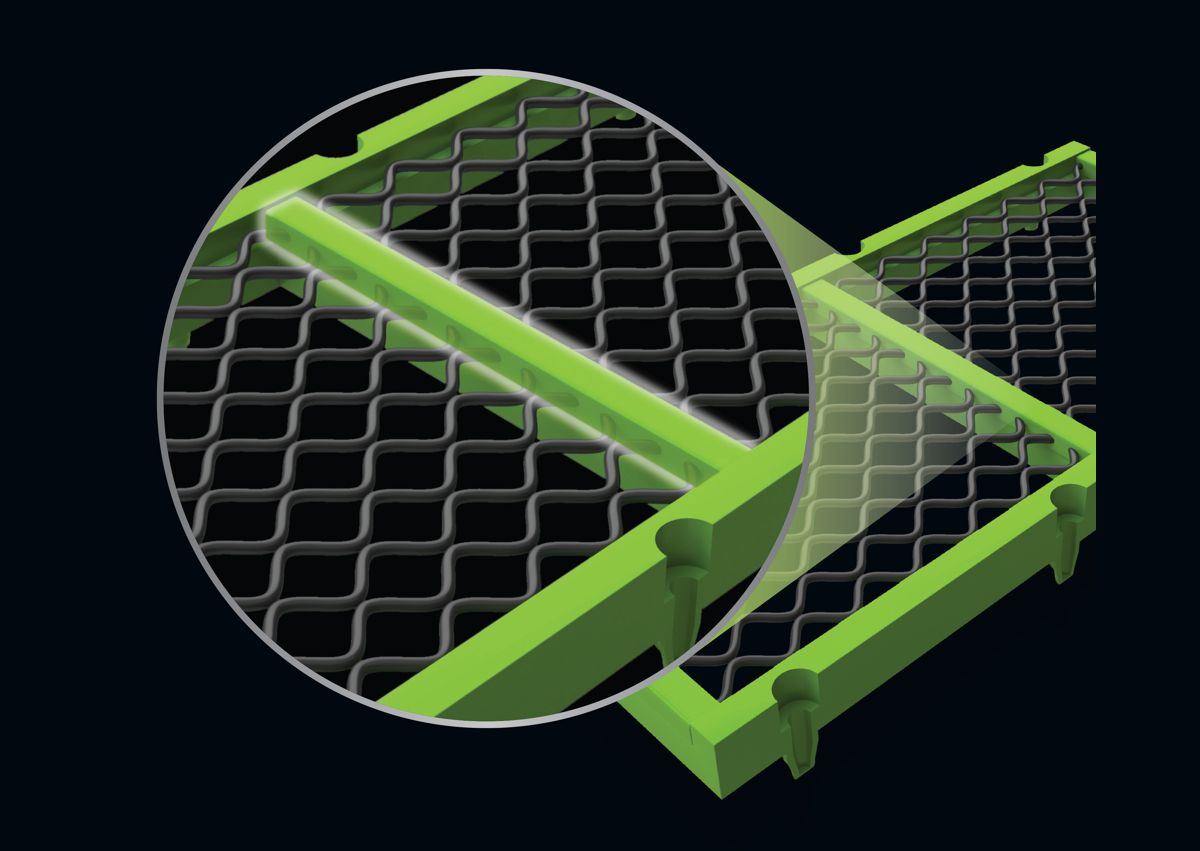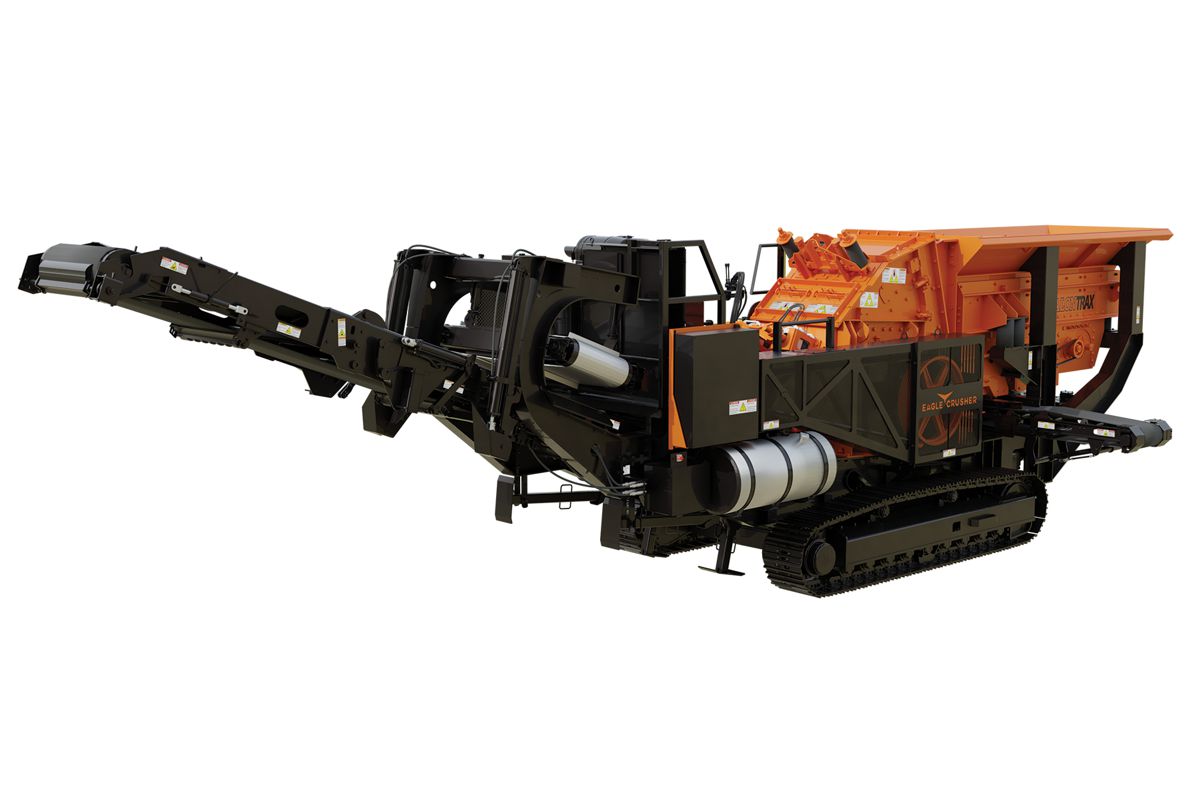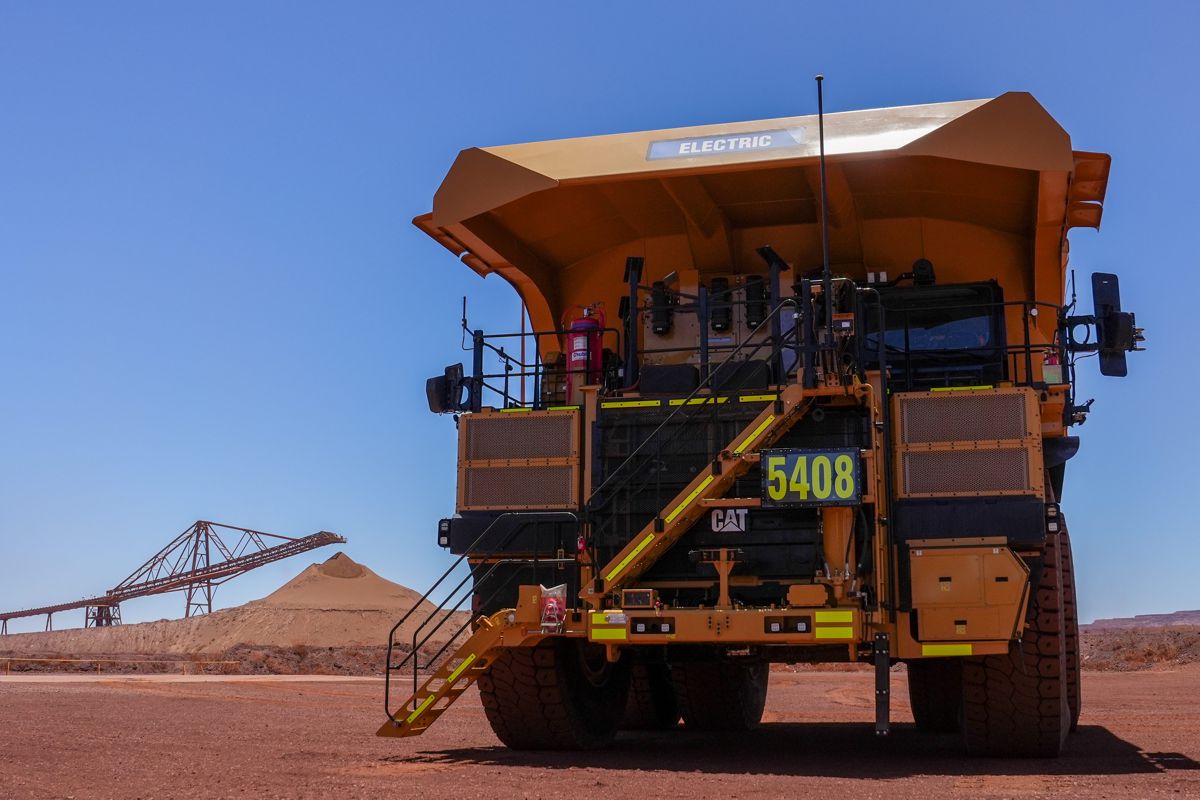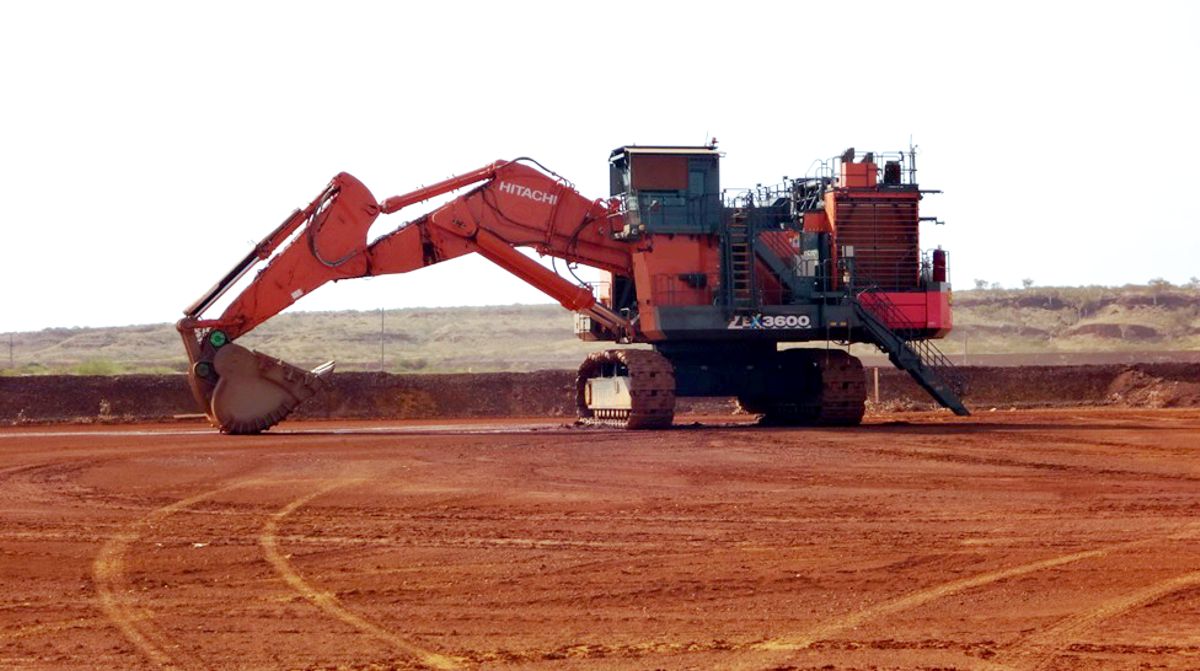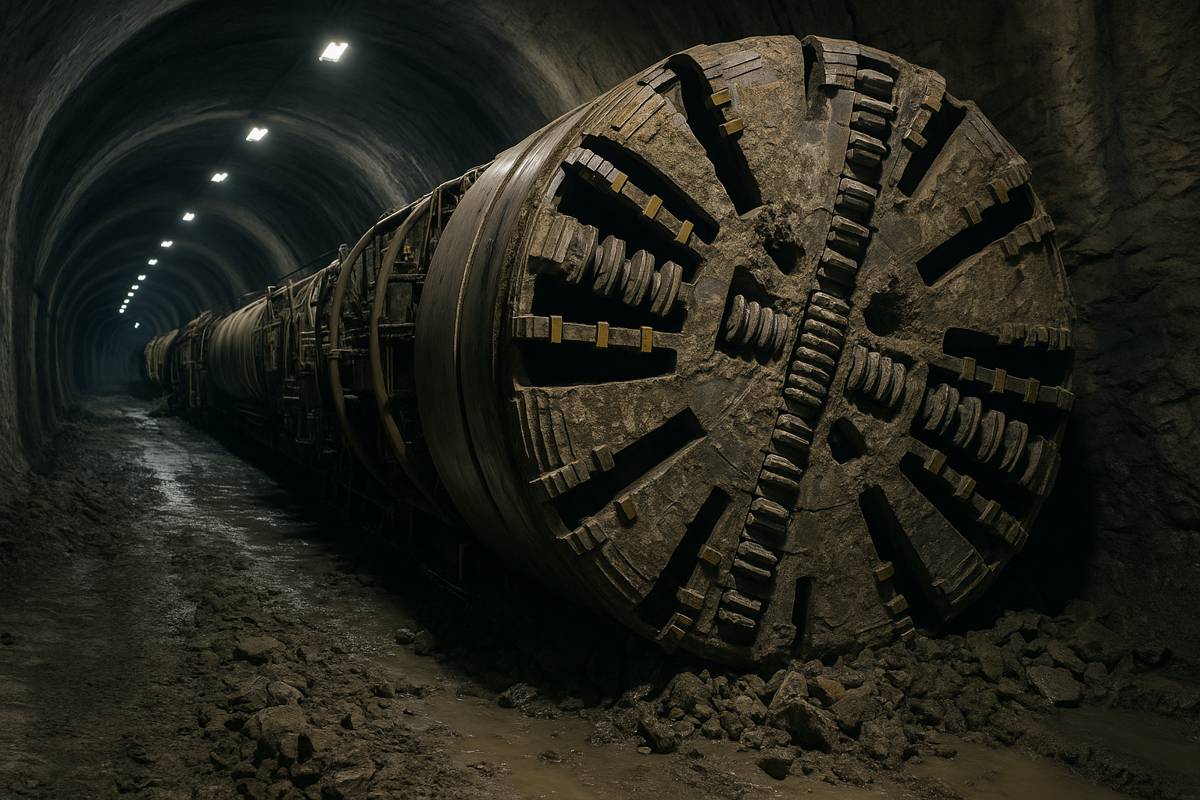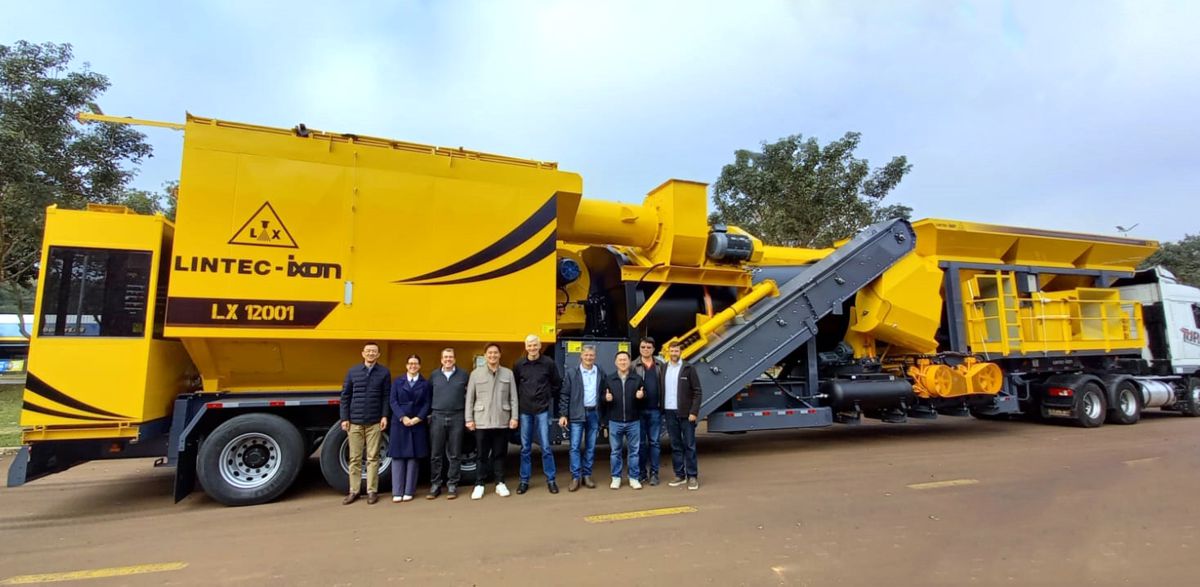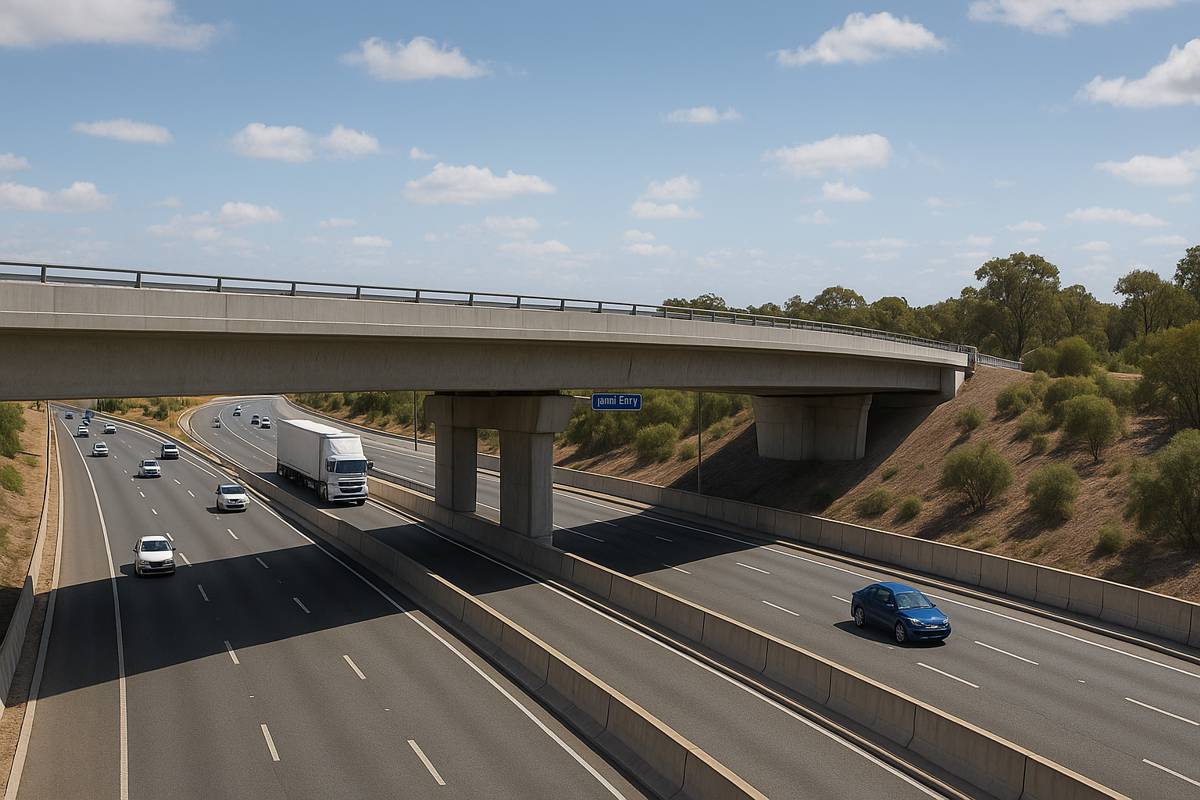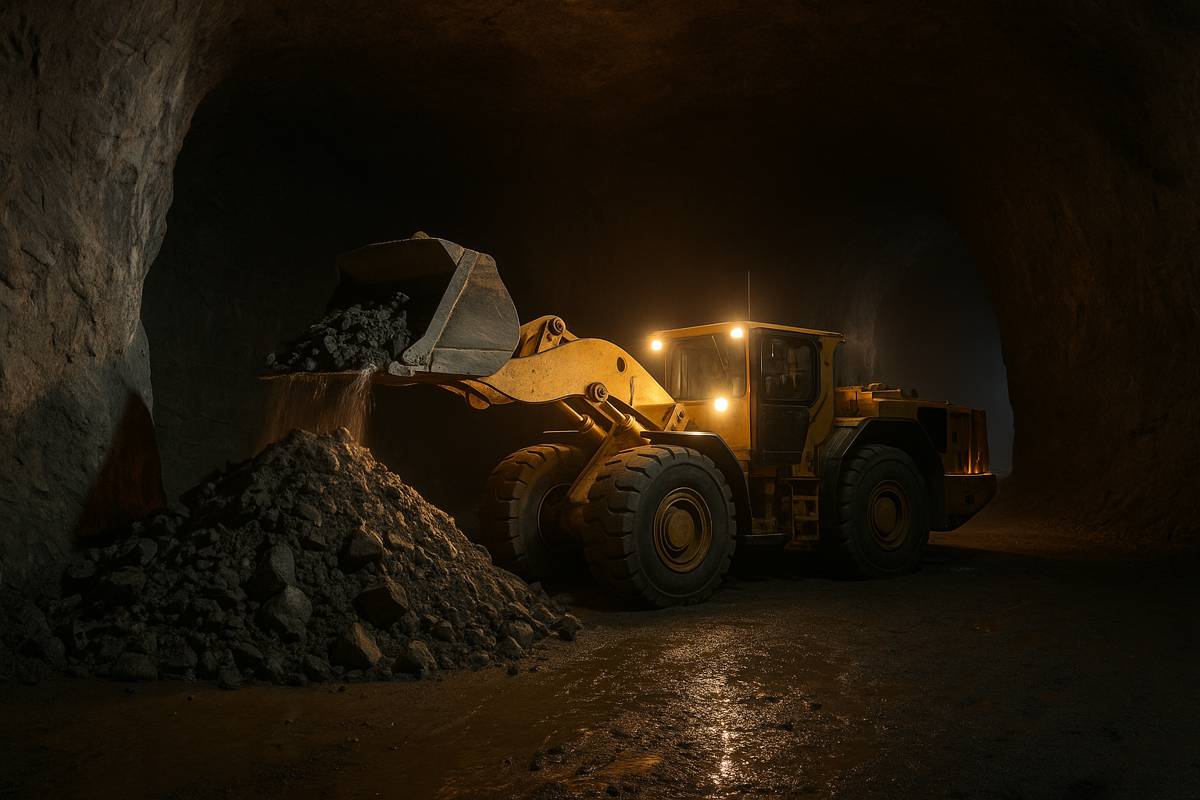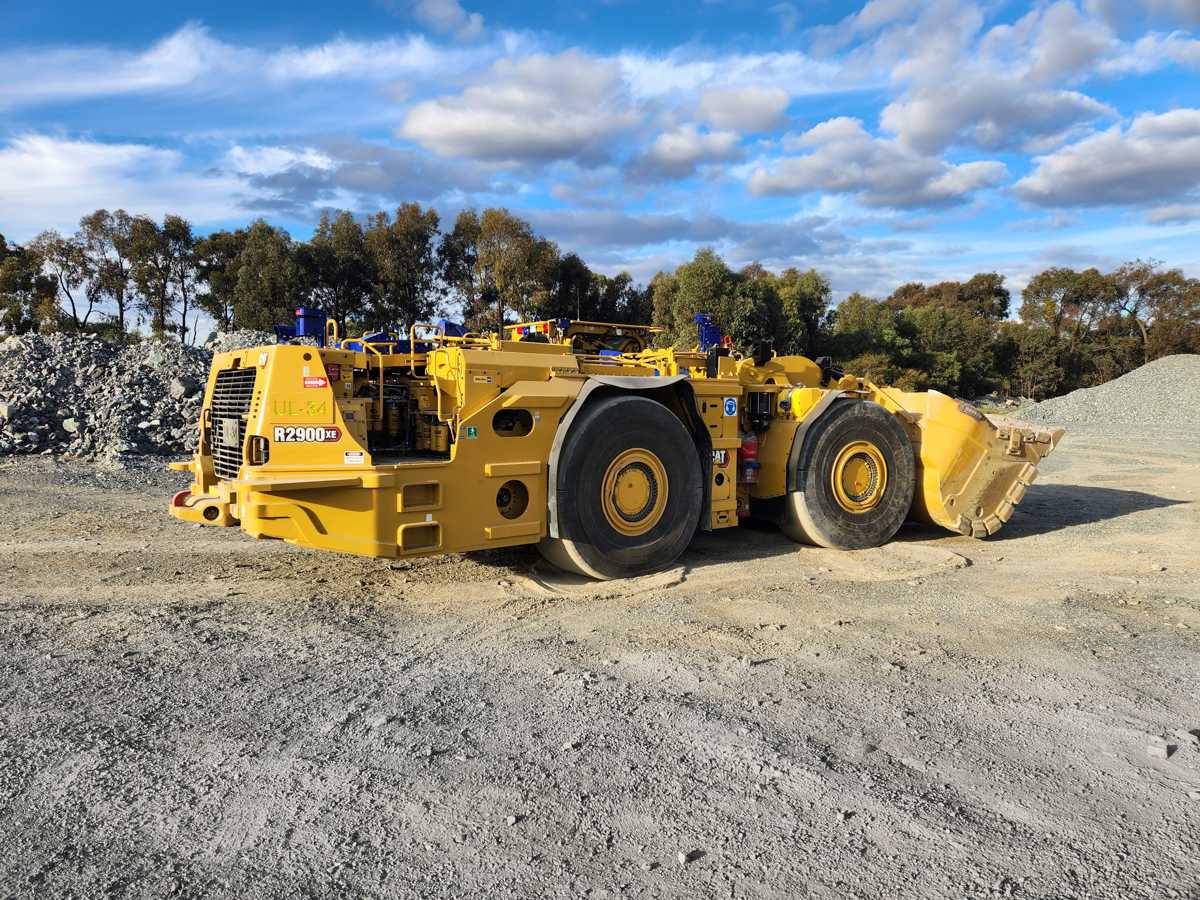Successful implementation of innovative technology into an existing Mining Operation
The implementation of new technology into an existing mining operation can deliver a positive change in operation and commercial benefits. Integrating new technologies is connected to a number of challenges that might also result in the rejection of the innovative technology. Detailed planning, robust project management, a good customer relationship and an exact evaluation of meaningful Key Performance Indicators are therefore main aspects to manage the implementation process and overcome those risks.
The importance of structured processes was shown at the New Acland Coal Mine in Queensland / Australia where an innovative mining system, a Wirtgen Surface Miner 4200 SM, was successfully adopted into the existing mining fleet. Benefits in regards to health, safety and environmental performance, productivity, particle size distribution, loss and dilution and unit costs were realized. This is a summary of the Master’s Thesis “Comparison of the conventional mining process to the Surface Miner mining system at New Acland Coal Mine”, conducted in conjunction with New Acland Coal Mine, RWTH Aachen University and Wirtgen GmbH in Germany.
“Never change a running system” Tradition versus innovation
Experience reveals that the implementation of new technology into an operating environment can be unsuccessful due to a number of challenges which are met only partially. Job-specific and professional preparation is therefore indispensable to achieve adoption of new technology on a mine site.
The nature of the mining industry plays a relevant role, which should not be neglected. Many miners operate their mine sites with a “Never change a running system” attitude. For Original Equipment Manufacturers (OEM) this means that besides mechanical performance of the equipment, other aspects are essential to support the successful implementation of new technologies. Whilst it requires more resources, it is important to demonstrate a working system and proven benefits. Once a system is successfully implemented in an operating environment, the industry will raise interest in the technology. This paper outlines the approach that was pursued during the implementation process of the Wirtgen Surface Miner 4200 SM at New Acland Coal Mine (NAC).

Mining site with a high demand on selective mining
The NAC is an open cast coal mine located 35 km northwest of Toowoomba in Queensland/Australia. The mine site is operated by New Acland Coal Pty Ltd., which is part of the New Hope Group. It has been in operation since 2002. Annual production rates are about 5 metres of saleable thermal coal.
The mine operated in a rural area and is a strong local employer with over 300 employees living in the local area and providing significant economic contribution. The mine operates within strict environmentl limitations because of close proximity to adjacent neighbours. Noise and dust emissions are especially relevant and lower environmental impacts are desired. The coal is washed on site and then is reailed to the port of Brisbane for export.
The deposit at NAC consists of multiple coal seams ranging in thickness from 0.3m up to 3m, interrupted by partings of the same thickness. In total, the number of different plies exceeds 40, resulting in high importance of selective mining practises. Considering the challenging geological conditions encountered at NAC, multiple thin coal and parting bands, the operating principle of the Wirtgen Surface Miner offers a potential solution to reduce the number of operating equipment and deliver greater control and accuracy to the mining process.
The 4200 SM commenced mining at NAC in June 2014 and has been operating in selectivie mining coal and partings. Operator training commenced in overburden. The decision to trial the operation of a Surface Miner in NAC was based around multiple expectations such as increased production rates, reduced mininng unit costs, better coal recovery delivered through less loss and dilution, improved Run-Of-Mine (ROM) coal quality, simplification of the mining process and reduced environmental emissions. To validate those expectations, a structured trial was conducted from June to September 2014. The trial aimed at evaluating the Surface Miner performance against defined Key Performance Indicators (KPI).
Wirtgen Surface Miners: Tailor-made configuration for every project
Surface Miner technology has been used on mine sites for more than 30 years. With about 500 machines sold worldwide, Wirtgen GmbH, Windhagen/Germany, is the market and technology leader for Surface Mines. The direct-loading Surface Miner cuts, crushes and loads the material in one step and thereby replaces multiple conventional mining steps. Depending on job requirements, the Surface Miner can also side-cast the cut material or even cut-to-ground. The cut-to-ground option requires a different machine set up, i.e. different drum housing, no conveyor system. With the Surface Miner models 2200 SM/2200 SM 3.8, 2500 SM and 4200 SM, Wirtgen provides three performance classes which can be configured exactly to project needs.
The strongest Wirtgen miner is powered by 1,623 PS and weighs about 200 tonnes. The cutting drum, located in the center o fth emachine between front and rear tracks, is equipped with cutting tools, i.e. picks that impact the material. Cutting tool holders are mounted onto the drum in a job-specific layout. Number of picks, pick spacing and pick design are a few of the parameters that are designed to the conditions on the mine site and desired project deliveries, e. g. particle size distribution or cutting rates.
In the development of the cutting drum for the NAC project it had to be taken into consideration that the Surface Miner was to cut both coal and partings.
On the direct-loading machine, the tool holders are mounted in a helix layout to transport the material towards the middle of the drum. The cutting depth can be adjusted to follow the coal floor, down to 830 mm. A scraper is located behind the cutting drum and from there the material is transported onto a primary conveyor. It transfers the material onto the discharge conveyor, which is height adjustable and can be slewed 180 degrees. This enables easy truck loadinig whilst minimising dust emission and optimising truck fill factors.

Conventional Mining System at New Acland Coal Mine
The conventional mining system at NAC is a discontinuous mining system. It consists of dozers for rock breakage and stockpiling and a front-end wheel loader for loading material onto the 130 to 190 tonnes payload size dump trucks that are used in the mine.
Due to the challenging deposit characteristics, which require selective mining of coal and partings, dozers play an important role at NAC. This dozer assisted truck and shovel operation has been well developed over the years at NAC. The dozer operators have extensive experience and achieve good loss and dilution figures. However, it was desired to improve deposit recovery and achieve greater economic benefits by frther reducing coal loss and dilution.
The conventional mining system is a machine andlabor-intensive operation. The discontinuous, step-by-step mining system usually results in multiple operational delays. Consequently, the system efficiency is reduced compared to a continuous mining system.
Detailed planning is decisive in the implementation process
To calculate the potential benefits of the Wirtgen Surface Miners, it is important to consider the influence on each single process within the process chain. Processes need to be adapted to have the Surface Miner achieve the best possible result. NAC needed to embrace a whole new mining process to apply the surface mining technology. A process change can result in risk and uncertainty.
This is why the effects of the Surface Miner implementation were to be identified and monitored during a four-month trial. Project management followed the Deming cycle (i. e. PDCA cycle) management method. Sound project management involved the following steps:
- Plan – detailed project planning.
- Do – conducting trial: measuring and monitoring of performance data.
- Check – understanding the impacts on the whole mining process (positive and negative); identifying benefits for the operation.
- Act – adjusting and improving machine performance: identify and solve issues at an early stage.
Mine sites tend to operate with a “Silo mentality” with communication barriers between the different divisions (operations, technical services, maintenance, processing plant, corporate office). For the successful implementation of new technology, it is important to take a whole-of-process view. This whole-of-process approach requires cooperation between the divisions. Addressing potential barriers at an early project state is essential to maximize success. Project planning for the implementation of a step process change begins well in advance before the arrival of othe machine onsite.

Perfect teamwork between NAC and Wirtgen was of utmost importance
At NAC, a project team consisting of a Project Mining Engineer, Wash Plant Superintendent, Maintenance Superintendent, Operations Superintendent and Safety Training Superintendent was dedicated to the Surface Miner trial. This project team ensured that communication between the different divisions started right from the beginning and continued throughout the implementation period. An important outcome of this commitment was that the KPIs of the Surface Miner trial were not only limited to productivity and mechanical availability, but also addressed impacts across the whole process chain. An example is the Particle Size Distribution (PSD) and particularly fines generation. This KPI was included because personnel from the wash plant wanted to evaluate the impact of different PSD on the washing process.
During the commissioning of the surface miner, NAC and Wirtgen jointly conducted an extensive comparison of the gradation of the specified coal. To this end, Wirtgen supplied a tracked MS 19 triple-deck screening plant from Kleemann to analyze the grain sizes of the 150-5 mm fractions and a laboratory screening plant to analyze the grain sizes of the fractions between 0.5 and 5 mm. A total of 100 individual 30 tonne samples were analyzed. The samples for the conventional mining equipment and the 4200 SM were taken from identical mining fields which were divided into two for this purpose.
The NAC project team worked together closely with the Wirtgen project team, which consisted of a Project Manager with extensive mining experience, Product Support Advisor, Service Manager, and a mining engineering Masters’s student. Additionally, there was strong support from the Wirtgen Brand Headquarters in Windhagen and Wirtgen Australia. For the conduction of a large scale PSD trial, a four-man project team from Wirtgen was allocated to NAC for two months.
Wirtgen provided intensive applications consulting from the start and a strong team to minimize the implementation risks for NAC.

Surface Miner modifications
The Wirtgen Surface Miner was tailored to mine-site specifications and arrived at NAC in May 2014. The machine was delivered in accordance to industry expectations and standards, i.e. “Guideline for Mobile and Transportable Equipment for use in Mines” and was commissioned on site within two weeks of arrival.
Ideal mining conditions need detailed planning
The implementation of the new mining system required some adjustments to the traditional block mining system.
The Surface Miner mines cutting lanes alongside each other. At the end of each cutting lane, the Surface Miner cuts its own ramp and turns around 180 degrees to start the next lane. The cutting lane length is a major parameter influencing productivity. With increasing cutting lane lengths, the fraction of operating tim spent turning around decreases whilst actual cutting time increases. To enable an efficient Surface Mining operation, it is recommended to operate the 4200 SM in blocks of more than 300 m.
The conventional mining system at NAC is operated in 150m x 150m blocks. So multiple traditional mining blocks were added together in a row to a mining area of up to 600m, allowing the Surface Miner to operate efficiently. Creating cutting lengths of more than 300 m was essential to assess the Surface Miner performance under desired preconditions in regards to the working area layout.
4 month trial put the Surface Miner to the acid test
Proven benefits of the Surface Miner system was key to the success of the project. Thus, a detailed evaluation of the Surface Miner performance was required for the adaptation of the Surface Miner at NAC.
An in-depth trial program was designed around KPIs, formed an essential part of the implementation process and were defined in the contract. Most KPIs refer to the Continuous Mining system employed at NAC. The KPI for fines generation, e. g. was defined as “fine coal generation less than 2 mm not to exceed limitation of dozer / loader system”.
The KPIs can be categorized into Performance, Health, Safety and Environment (HSE) and Financial and Downstream Impact. At NAC, operators without previous Surface Mining experience were trained to operate the Surface Miner. A ramp up was applied to some KPIs to account for that training.
Duringi a period of four months, peformance of both mining systems was measured and compared against each other, with the help of:
- Literature research
- Theoretical calculations
- Historical operations data
- Noise and vibrations testing
- Large scale PSD trial
- Reporting system
- Time studies
- In-field trials and
- Interviews and surveys

Outcome: Surface Miner increases efficiency and security
The continuous cutting and loading system of the Wirtgen Surface Miner and high production rates resulted in a significant reduction of operating machinery. Considering different operating conditions, the assessment revealed that about 70% less machines are required in the Surface Mining system compared to the conventional ripping, stacking and loading system.
The analysis of the HSE impacts of both mining systems outlined that the 4200 SM shows decreased impact on the environment. Mainly, this is attributed to less machinery used in the mining process. Less working equipment results in rneduced noise, vibration, dust,and carbon emission. The fuel usage per volume mined material is around 65% lower with the Surface Miner. Positive ergonomics impacts were also identified. The noise and vibration isolated, swivel-mounted operator cab of the 4200 SM and the 10 degrees rotatable operator seat reduces the exposure to whole-body-vibration and eliminates the need to twist in the seat.
Financially, the 4200 SM demonstrated reduced overall mining costs. The reduced mining costs are related to the reduction in operating machines, which lowers fuel and labour costs. On average the 4200 SM operated with around 60% lower unit costs throughout the range of operating conditions. The evaluation of coal loss and dilution revealed better deposit recovery with the Surface Mining system, resulting in additional cash flow.
The surface miner performed much better in terms of the grain sizes of the coal mined. The representative results showed that the quantity of fines generated with the new mining method was over 10% lower than with the previous method. What is more, the material mined with the surface miner contained a much higher proportion of the grain size specified for the final product. This reduces the effort and expense involved in crushing oversize grain, saving energy and further reducing the quantity of fines in comparison with the conventional mining method.
Further cost savings were indicated in the Coal Handling and Processing Plant (CHPP). The power consumption of the CHPP is reduced when processing Surface Miner coal due to less dilution, i. e. cleaner ROM coal, and more consistent PSD incorporating less fines and less oversized particles.

Surface Mining proves to be an alternative mining method
The four-month Surface Miner trial was a resounding success to demonstrate the operational characteristics of the 4200 SM in a multi seam selective mining environment. Project planning started long before the Miner arrived. Good communication and cooperation between the New Hope Group, the project team at NAC, Wirtgen Australia and the Wirtgen factory in Germany allowed problem solving from the cradle and maximizing project success. The detailed evaluation of meaningful KPIs enabled Wirtgen and NAC to identify a positive impact on the whole mining process.
Finally the results of the trial convinced NAC to introduce respectively buy the Surface Miners for New Acland Coal.









